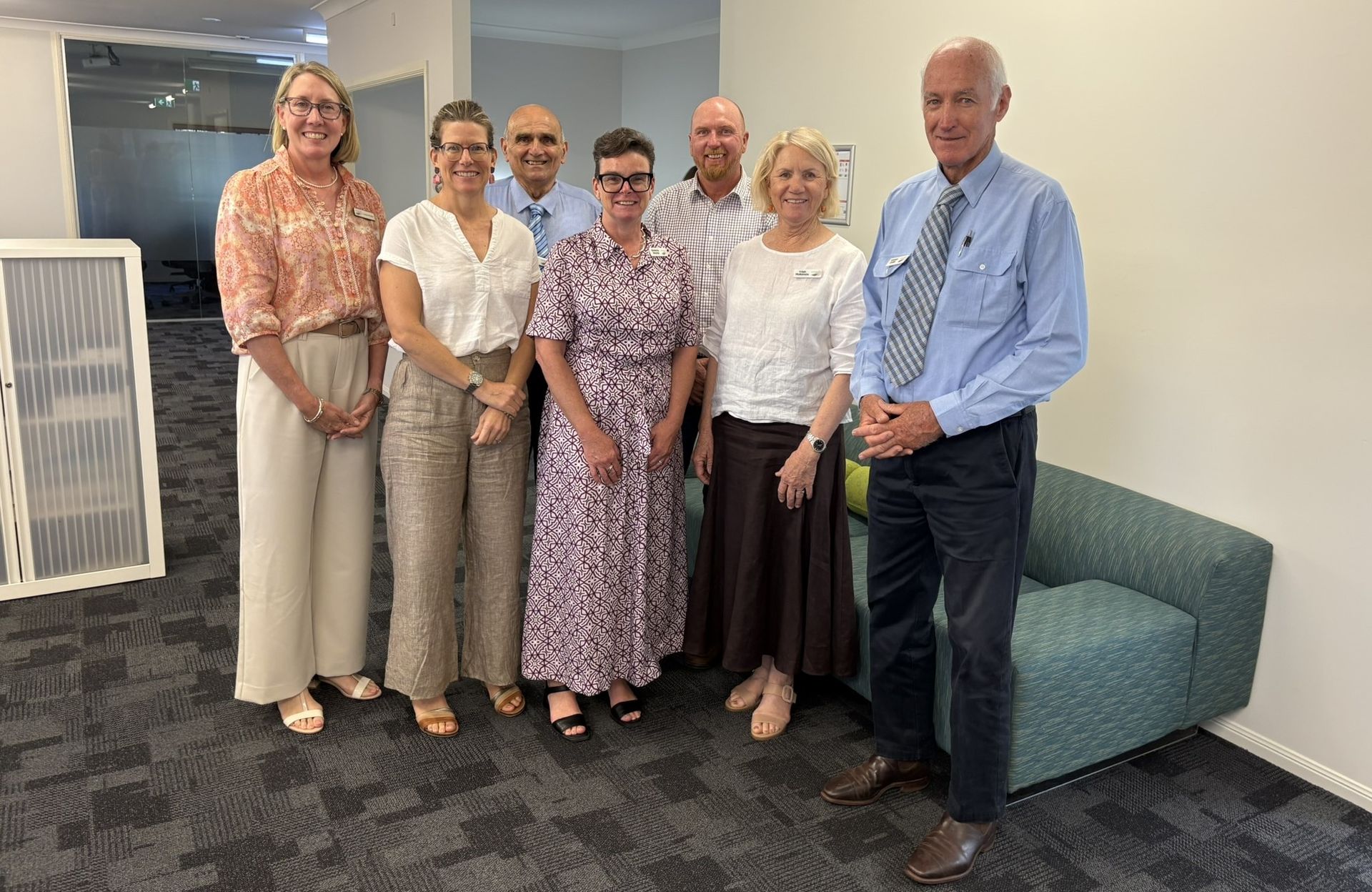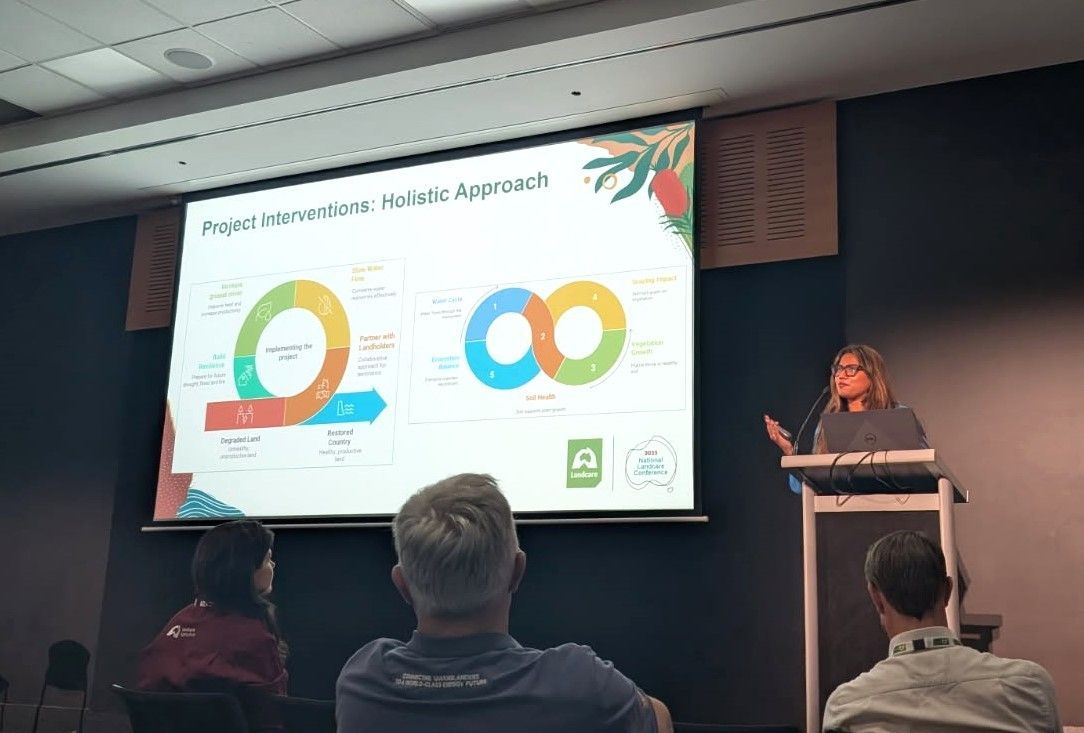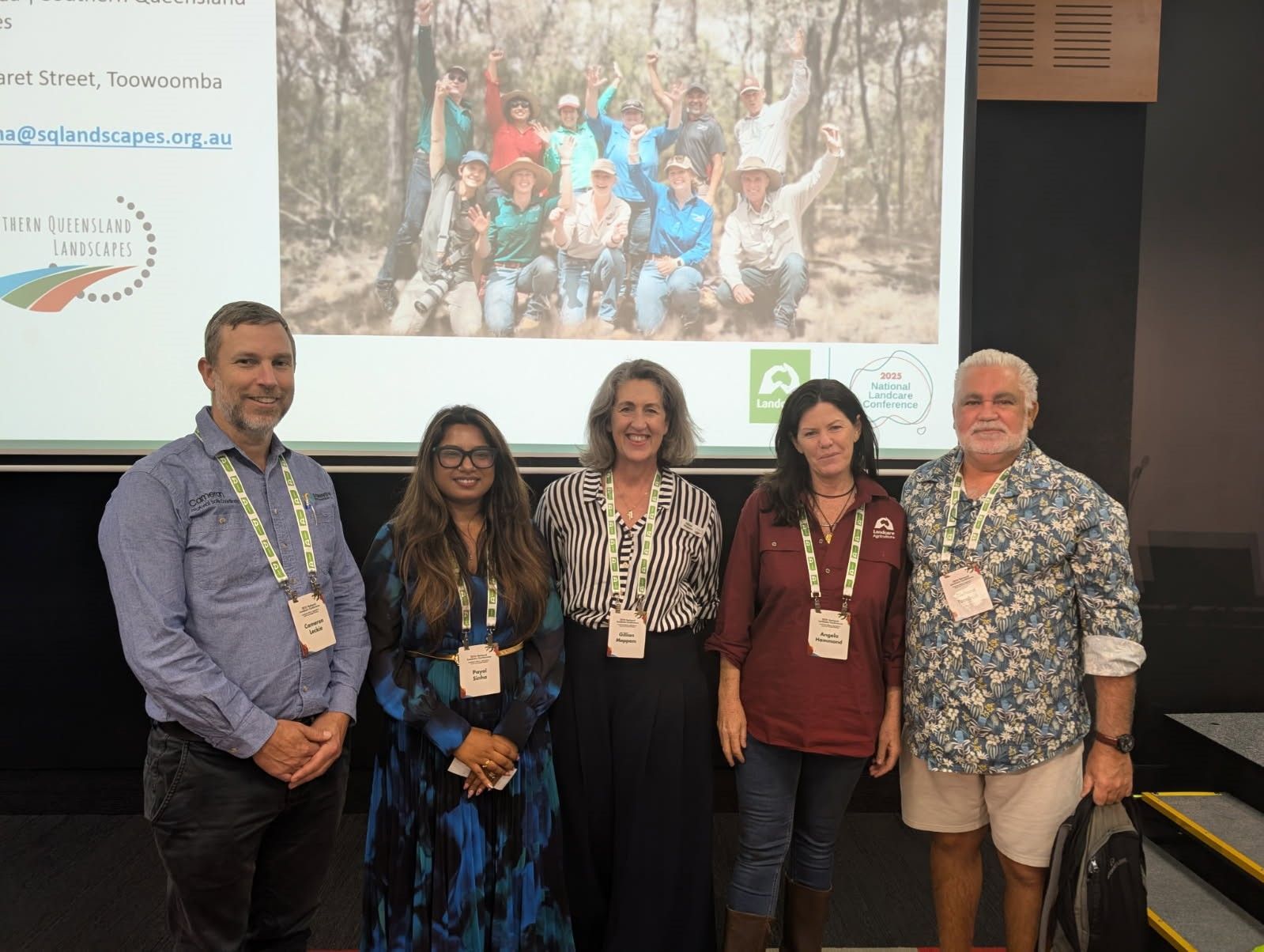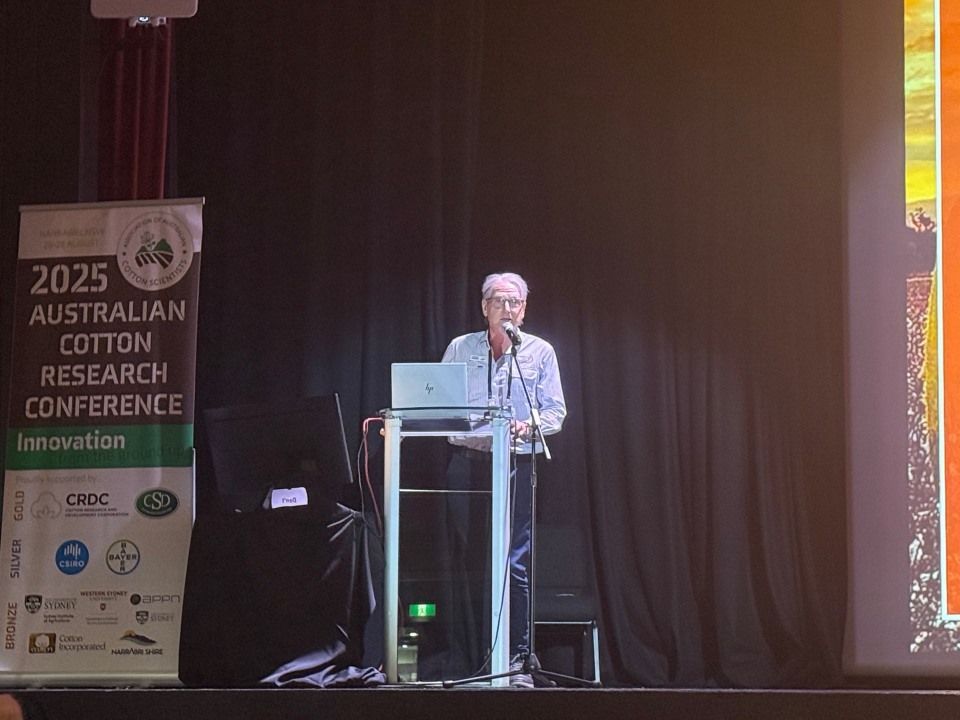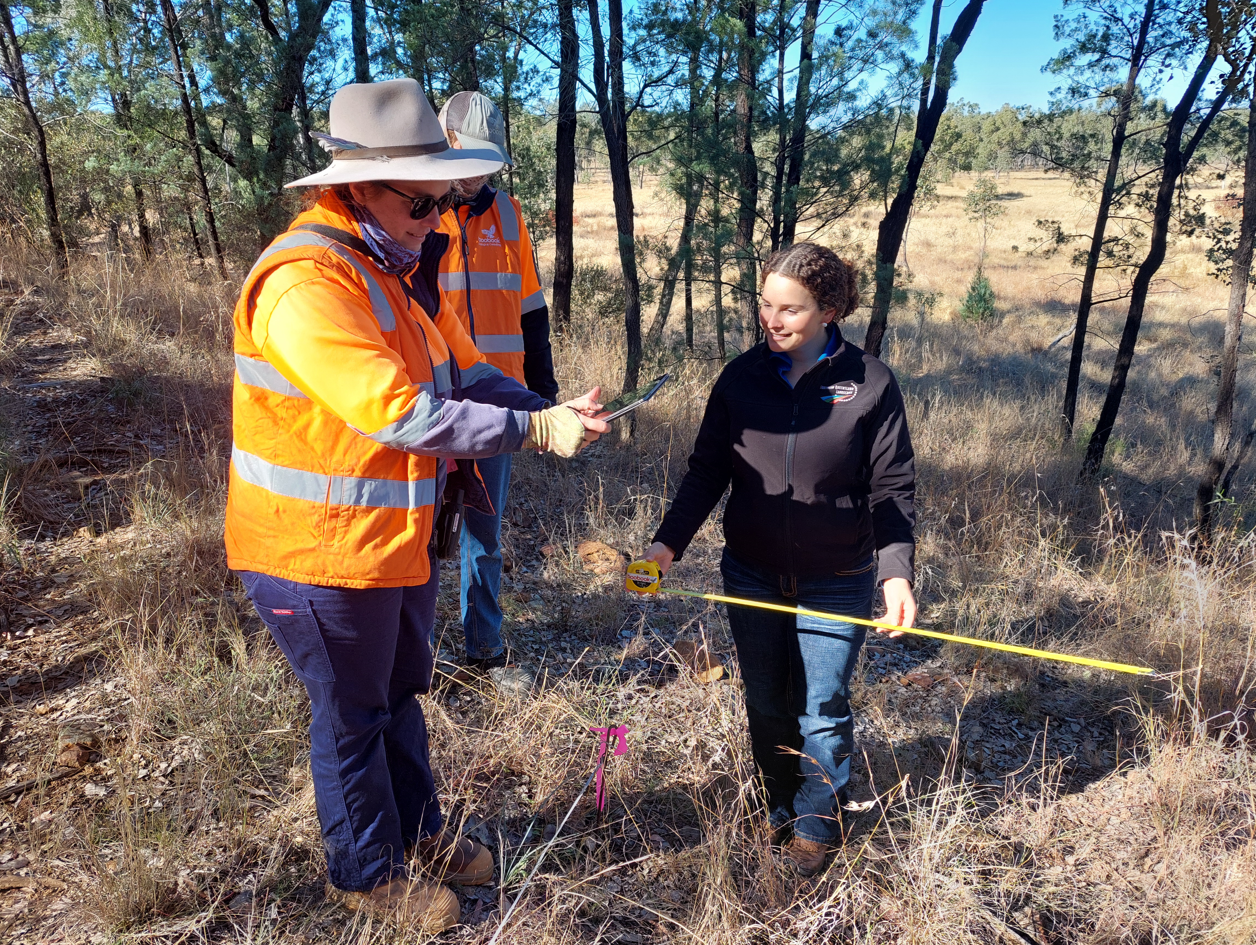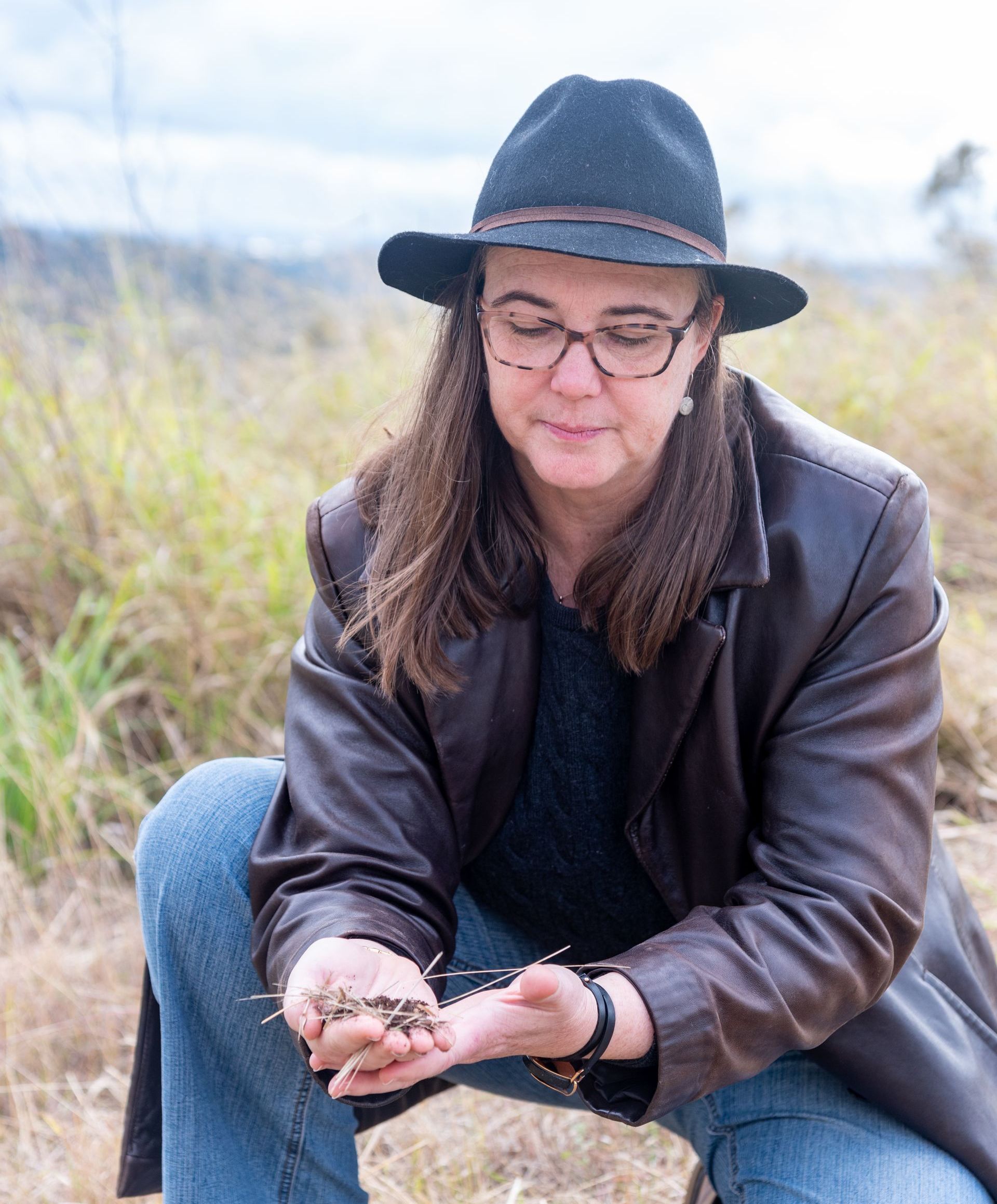Paroo Shire Council has seen 90% less dog scalps submitted for bounty claims this financial year compared to last.
Rural Lands Compliance Officer Colin Ickeringill said council’s coordinated baiting program and high levels of community engagement are driving dog numbers down; and these results are further supported by land manager reports indicating unseasonably low wild dog activity.
“Back in 2020/2021 we had 250 dog scalps submitted to council for bounty claim and so far this year we have had 26 for the 21/22 financial year. That’s a dramatic decrease,” Colin Ickeringill said.
“Land holder participation is probably the biggest part of why our baiting program is successful and we currently have 80-90 individual properties out of 138 within the shire taking part in one or both of the baiting periods council coordinates each year,” Mr Ickeringill said.
“That’s a high participation rate and really important from the perspective that to affect change on the ground when dealing with dog populations you need to attack it on a landscape level,” he said.
“These campaigns are also coordinated with our neighbouring shires and baiting is staggered so we don’t just shift the dog problem from one region to another; Balonne Shire usually kicks off first and then two weeks later the next Shire starts baiting and so on and so on.”
Autumn baiting in Paroo Shire is due to get underway on May 14.
“Yeah, there’s two council coordinated baiting cycles each year; one in Autumn and the other at the end of October/early November in Spring,” Mr Ickeringill said.
“We strategically target these times because in Autumn when the female dogs are cycling there is a lot of movement of dogs as they look for mates; and in October any pups they have produced have usually left the den and are starting to roam,” he said.
“So we try to get them when they are breeding and then again when they are young and naive.”
Council distributes the majority of bait on behalf of land managers in the Paroo Shire.
“We are expecting to put out about 13 tonnes of meat and most of that will be delivered by plane with about 12 tonnes being distributed that way and the remaining one tonne distributed by land managers themselves,” Mr Ickeringill said.
“There are six Area Managers for this region, coordinated through the Wild Dog Advisory Committee, and land managers give those reps their meat quantities and discuss problem areas on their properties and this information then gets passed to council,” he said.
“Pilots provide GPS mapping of where those baits have been distributed and those maps are then provided back to land managers so they can manage their on-ground operations around that.”
While dogs are the main target of council’s coordinated baiting program, fox populations are also impacted.
“Foxes are less of a problem in Paroo Shire than wild dogs so we don’t specifically target foxes through a coordinated baiting program,” Mr Ickeringill said.
“That being said we find any foxes that are out there are generally mopped up at the same time as the dogs,” he said.
“We also do ad hoc baiting programs for individual land holders outside the two campaigns council coordinates each year; So, land managers having issues with wild dogs or foxes can contact their local council and discuss a variety of control measures.”
NRM Group Southern Queensland Landscapes also work with Paroo Shire to target baiting in and around the RAMSAR listed Currawinya National Park.
And this year that work will be complimented by a collaring program which will map seasonal movements of pigs and dogs throughout the landscape surrounding the park.
“About 24 properties immediately surrounding Currawinya in Lower Paroo annually take part in the baiting program with an area of 636,058 hectares being covered,” Mr Ickeringill said.
Land managers interested in finding out more or wanting to participate should contact Paroo Shire Council:
https://www.paroo.qld.gov.au/contact-us/home
